

The stringed instrument part of the instrument collection of Andrew Charman-Williams. In addition he has keyboards, drums/percussion, harmonicas, tin whistles, saxophones and other instruments.
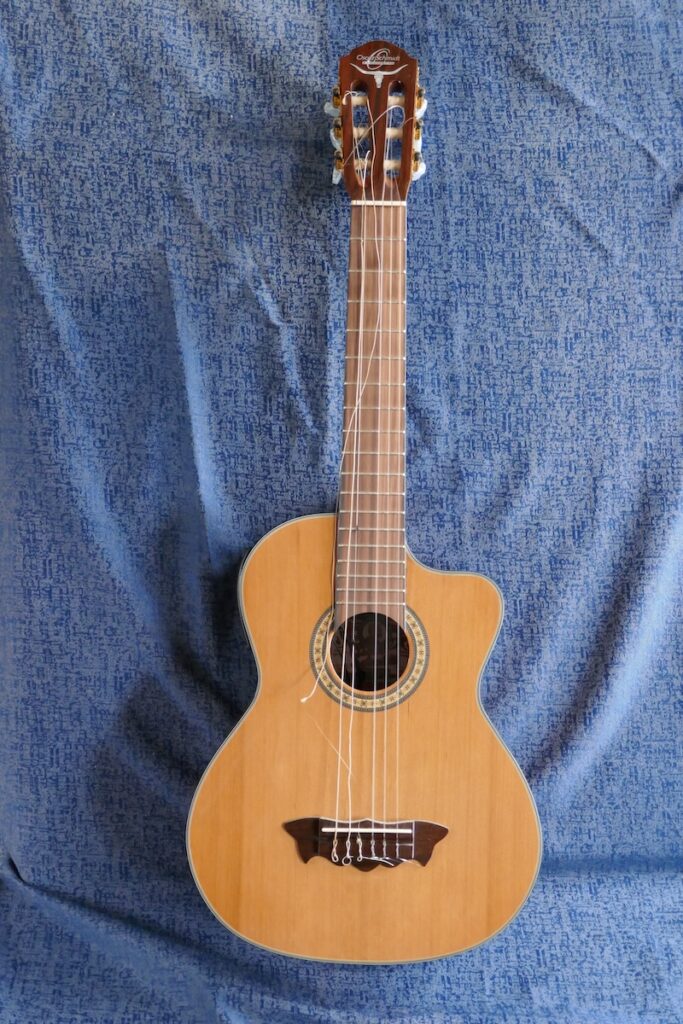

The requinto is a short scale relative of the flamenco/classical guitar from Mexico and Spain. Typical tuning is a fourth higher than guitar A2-D3-G3-C4-E4-A4. One of several instruments on the list for the next restringing session.
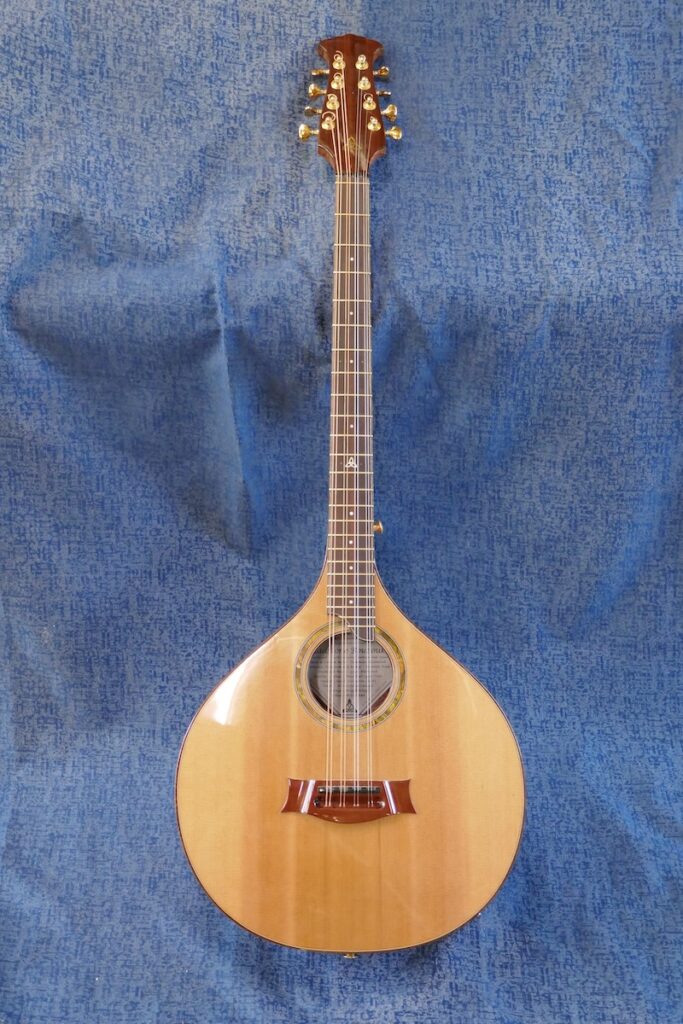
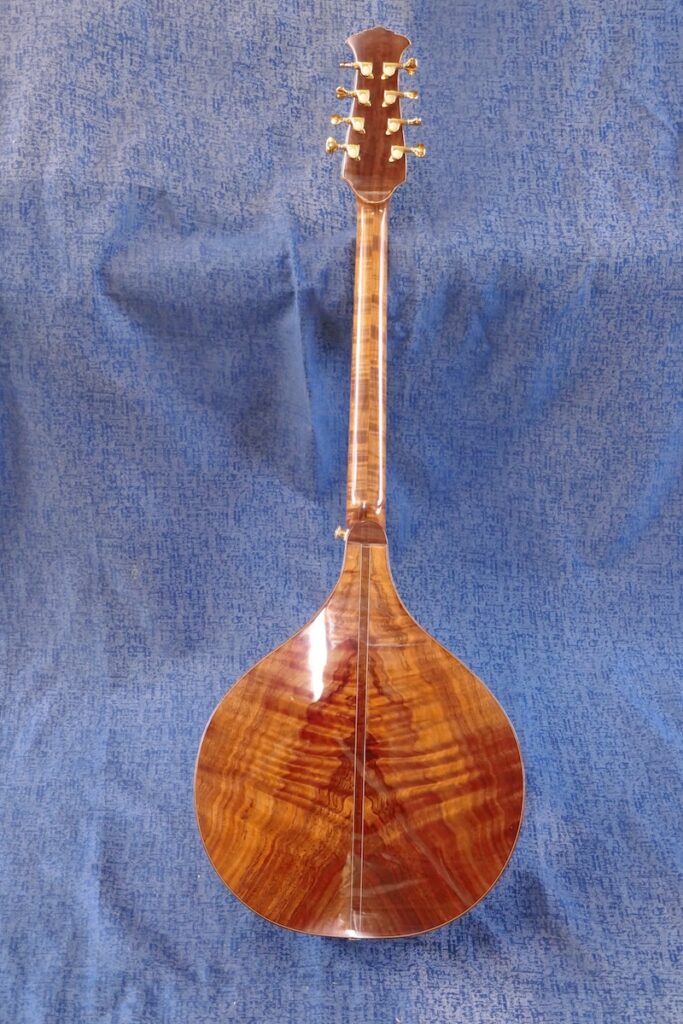
Irish bouzouki made by Gladstone Guitars from Australia.
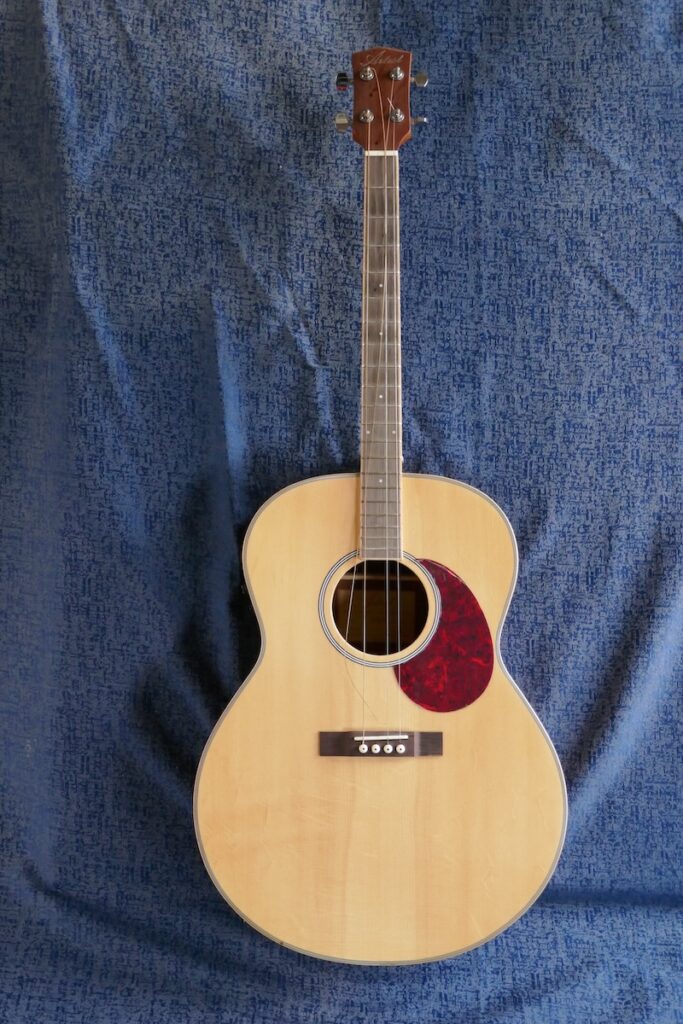

Although called a guitar tenor guitars also have a lot in common with the tenor banjo or mandolin family being tuned in 5ths. I have it tuned CGCG or CGDA though I also like the low tuning GDGD or GDAE.


Weissenborn inspired lap steel guitar made from Blackwood by Andrew Charman-Williams
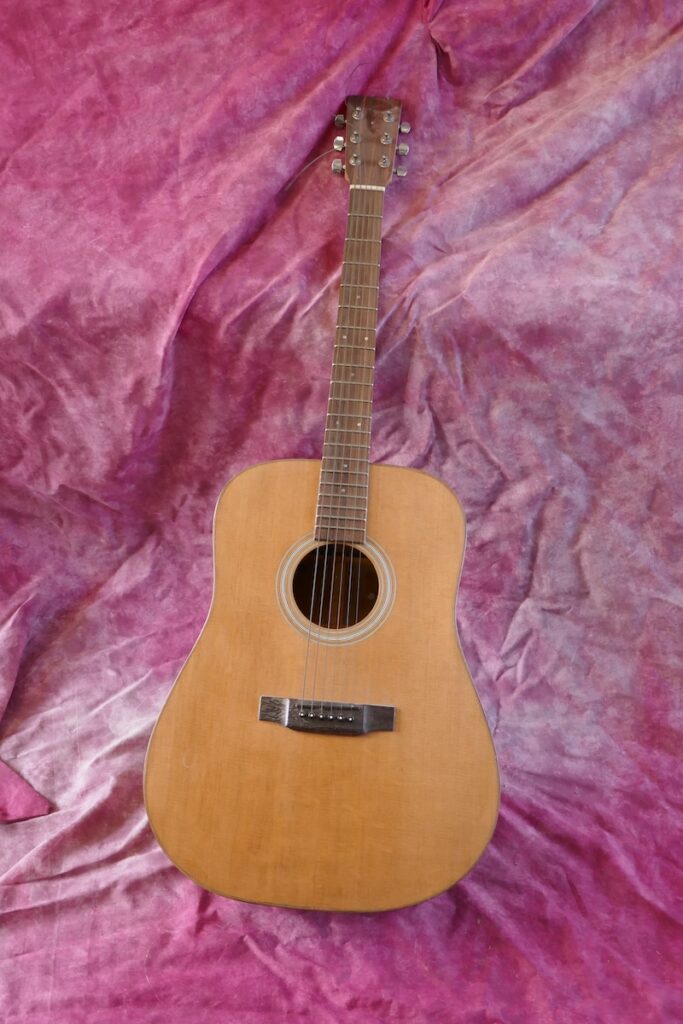

Andrew Charman-Williams dreadnought guitar – walnut back built using a kit
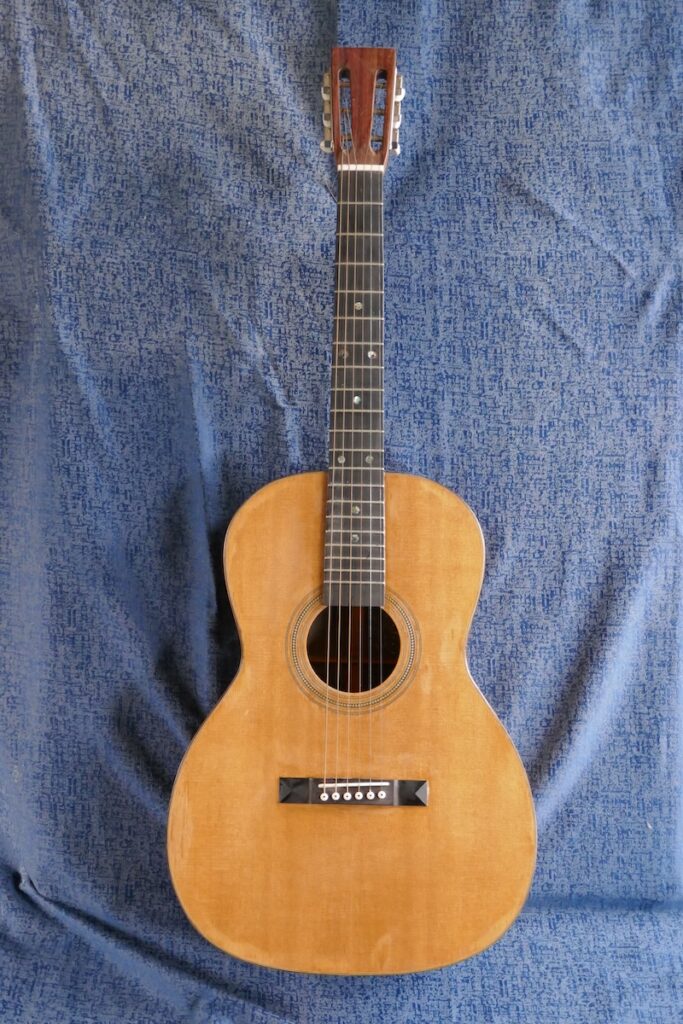
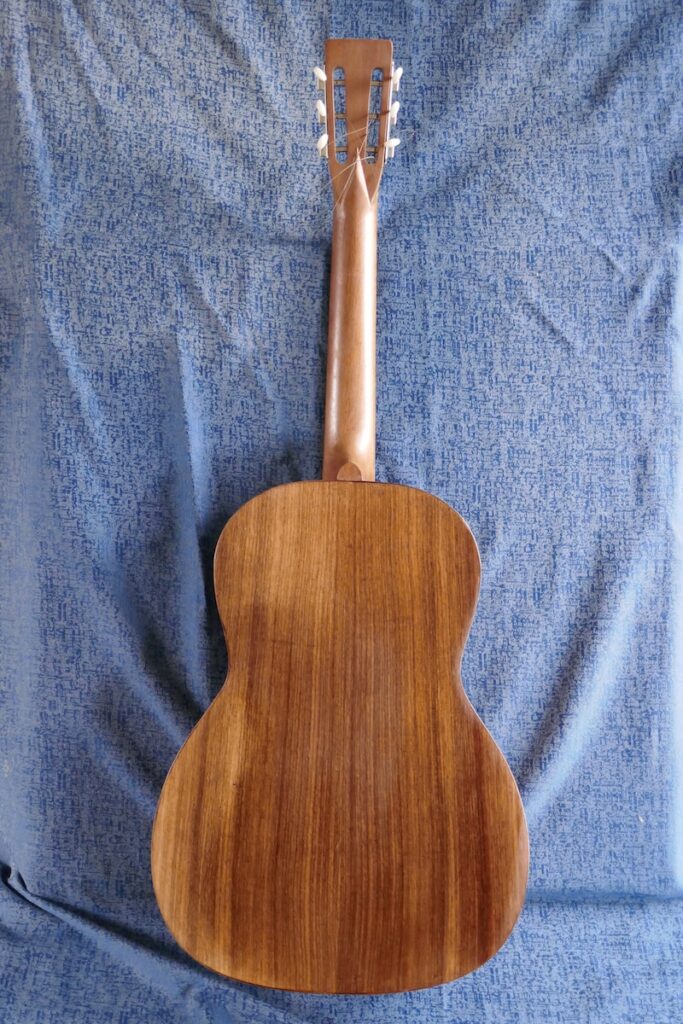
Andrew Charman-Williams OOO guitar Rosewood back and sides built using a kit
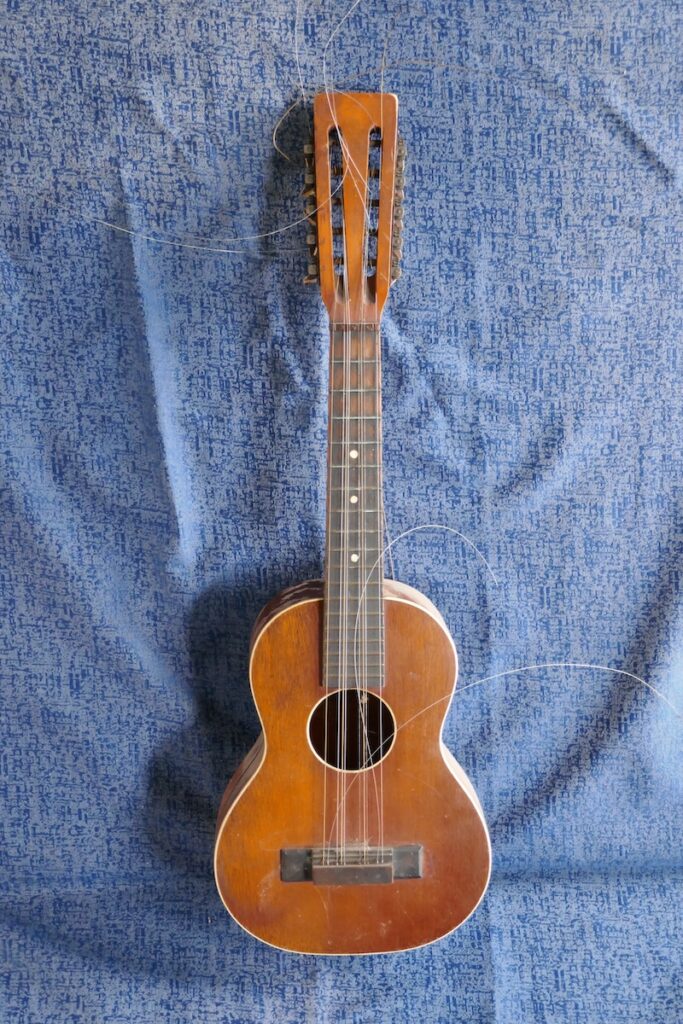

The tiple has many different variations depending on which part of America (mainly South America) they are from. The Regal tiple is of the North American variety developed by Martin in around 1919. It is similar in size to a tenor ukulele but has ten steel strings arranged in four courses. Typical tuning is A4/A3, D4/D3/D4, F#4/F#3/F#4, B3/B3. This tiple is currently unplayable as it needs repairs to the headstock.

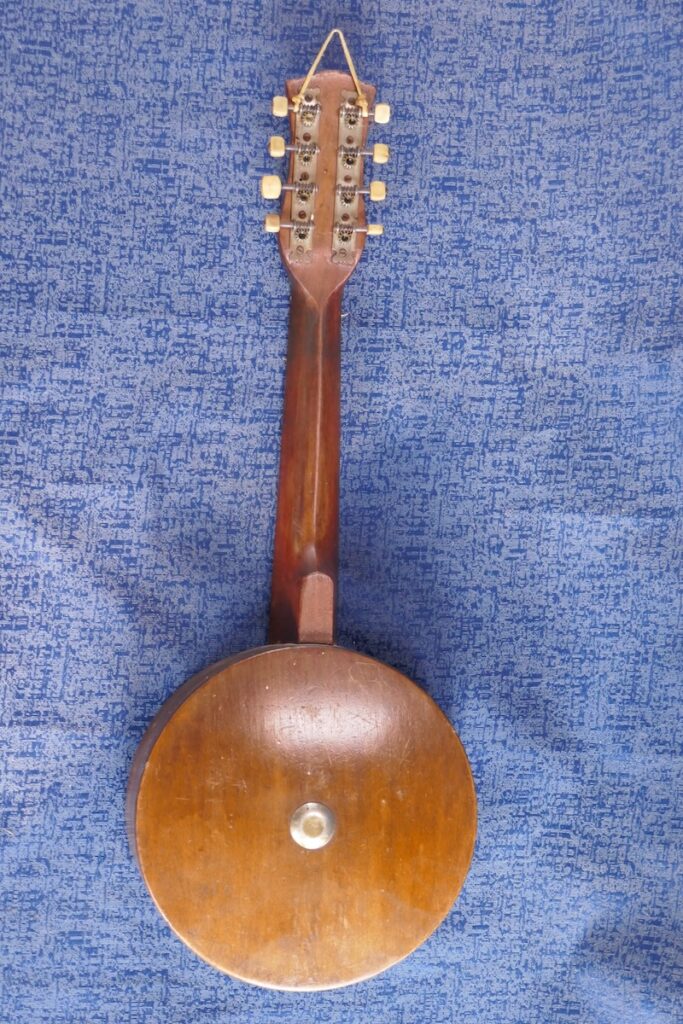
An old banjo mandolin by an unknown maker. Head is splitting along one edge so it could do with replacement but as it is mainly a wall-hanger it is not a priority.


The balalaika is an instrument of Russian origin. It has 3 strings with a typical tuning of E4, E4, A4.
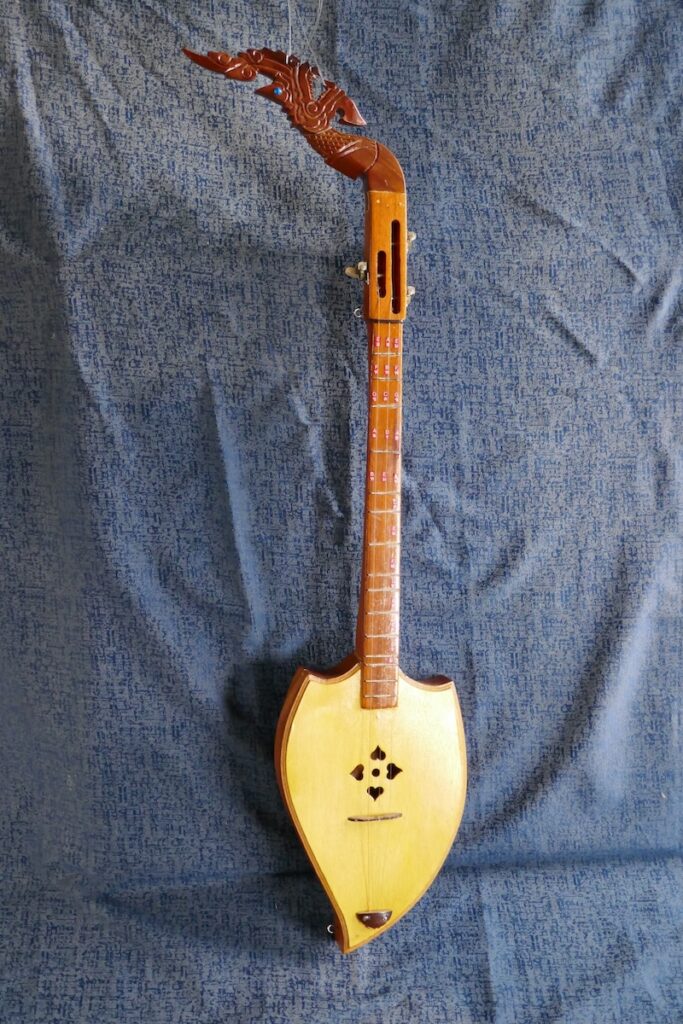

The phin is an instrument from Thailand. It has 3 strings with a typical tuning of E A E. Like dulcimers it has diatonic rather than chromatic frets.
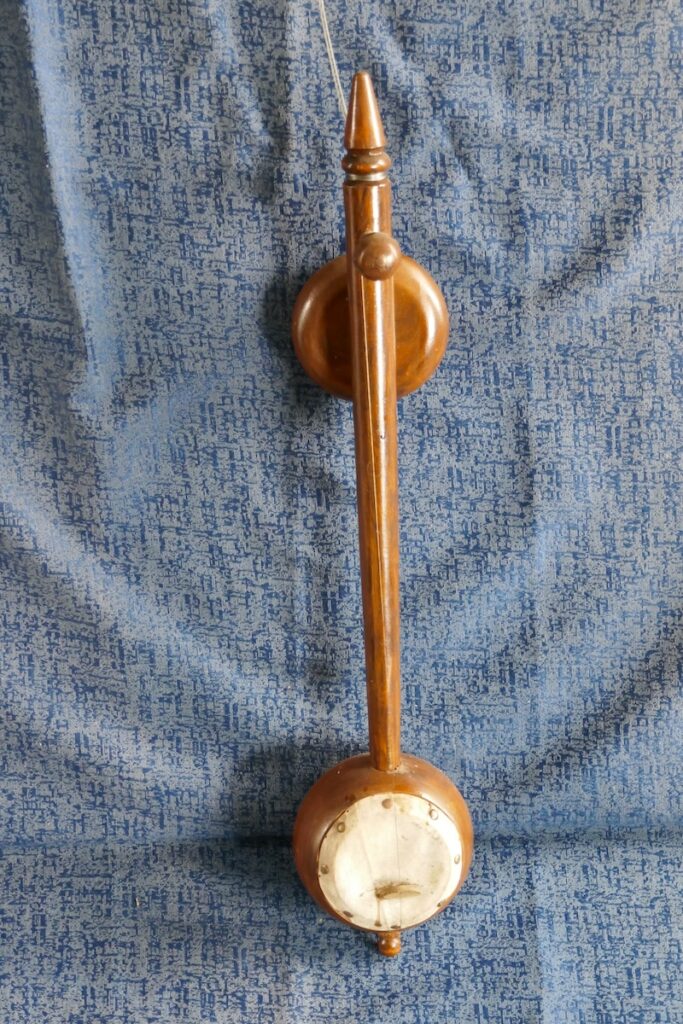

Looks a bit like an ektara or tumbi but has the second resonator at the back.
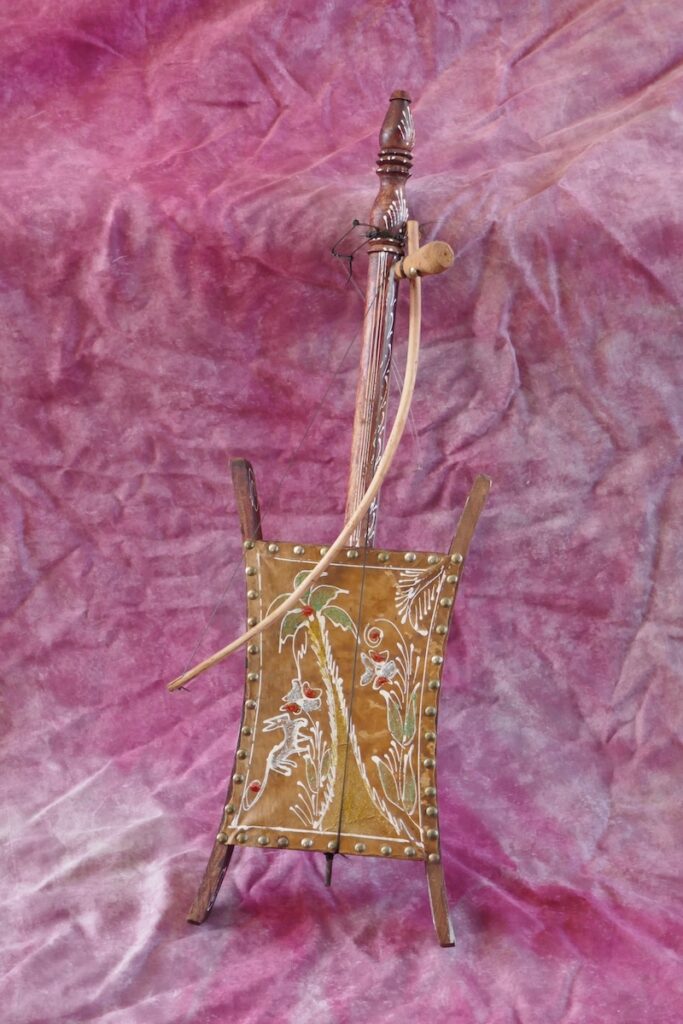

I have forgotten what this is so will have to find out. It is a single string instrument for use with a bow.
Possibly a rebab or rebaba which do have a wide range of shapes depending on which country they are from.
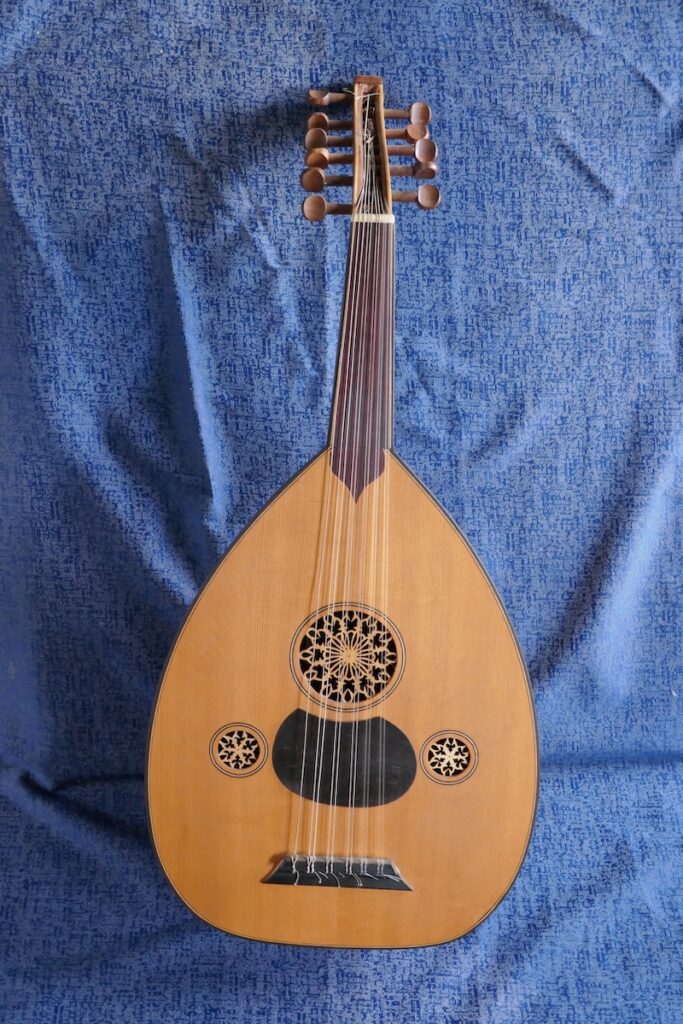
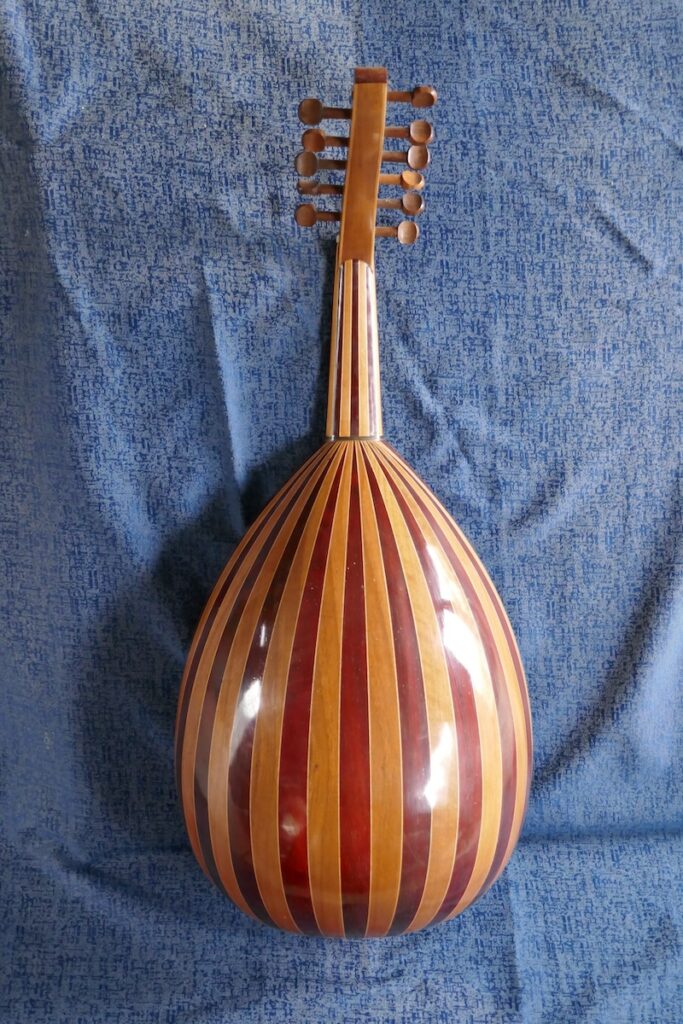
The oud is of middle-eastern origin and is a precursor to the lute. This one has 11 strings arranged in 6 courses. Common tunings are D2, G2/G2, A2/A2, D3/D3, G3/G3, C4/C4 or C2, F2/F2 A2/A2, D3/D3, G3/G3, C4/C4. Unlike lutes ouds are fretless.
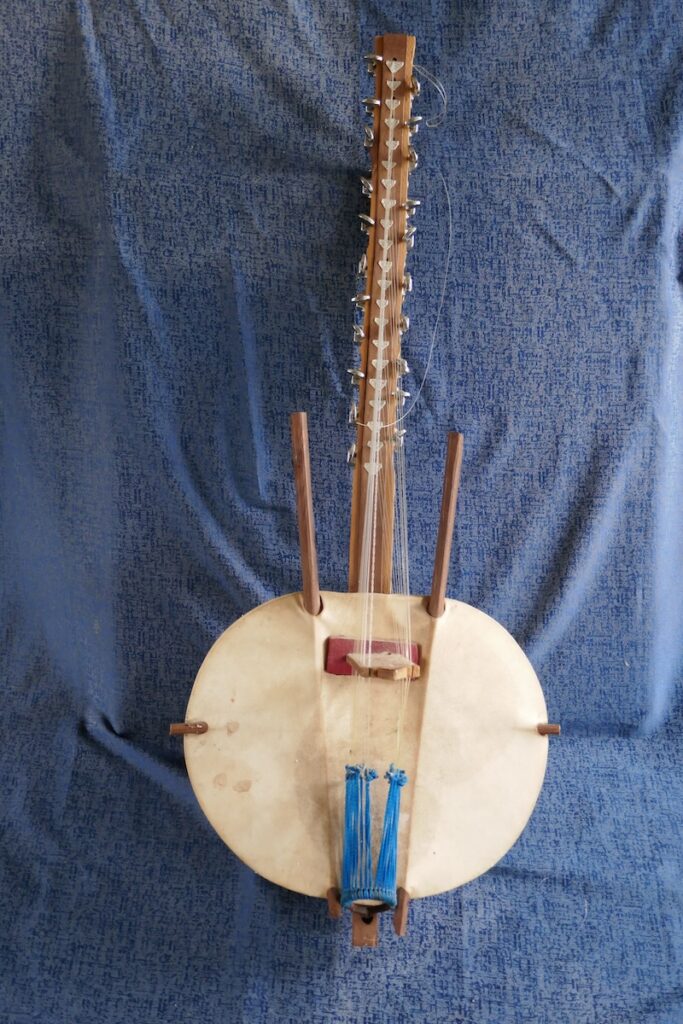

The kora is an instrument from West Africa with the body made of a gourd covered in animal skin. It has 21 strings and has similarities to a harp in that strings are not fretted, however playing techniques are very different to the harp. This one has guitar tuners rather than the traditional leather rings.

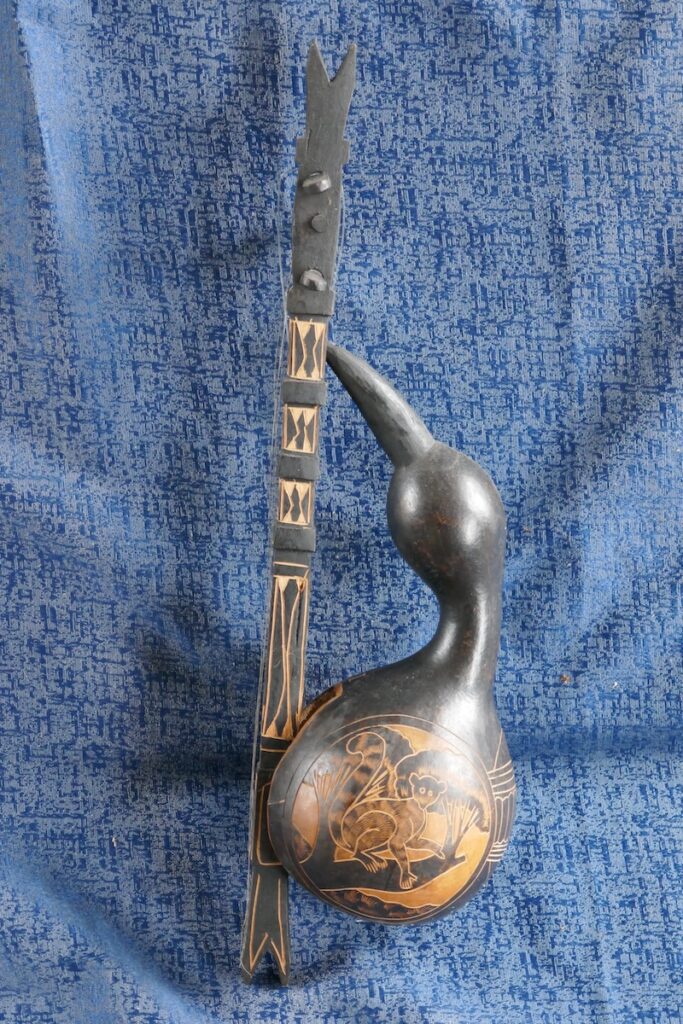
I think this is a lokanga voatavo (lokango voatovo) or tzetze or zeze which is a small African instrument. This one has 3 strings on a stick attached to a gourd.
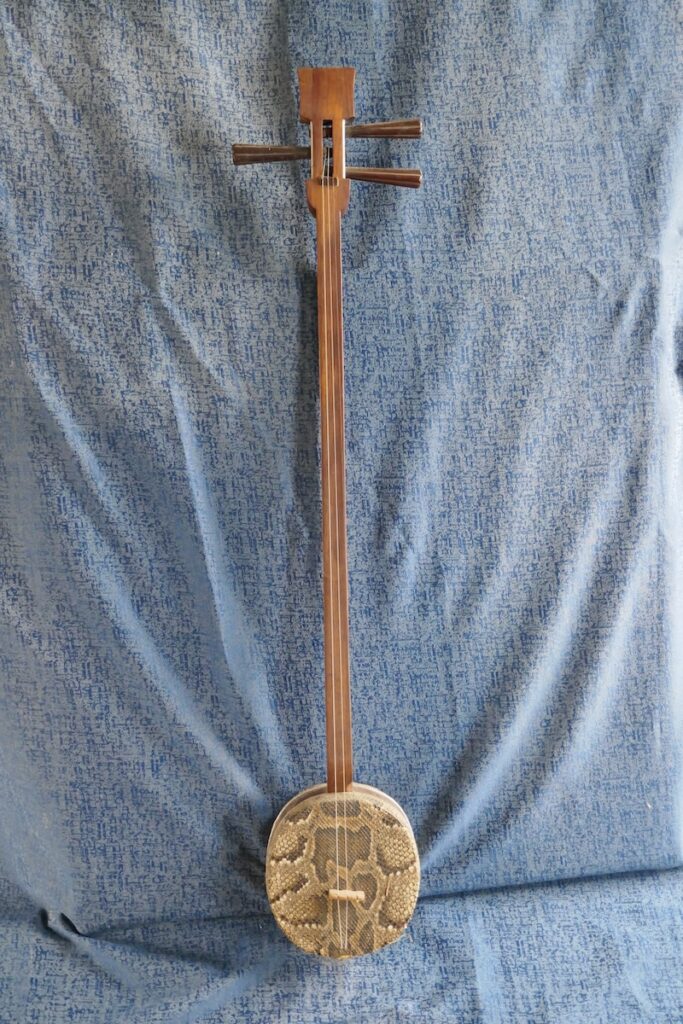
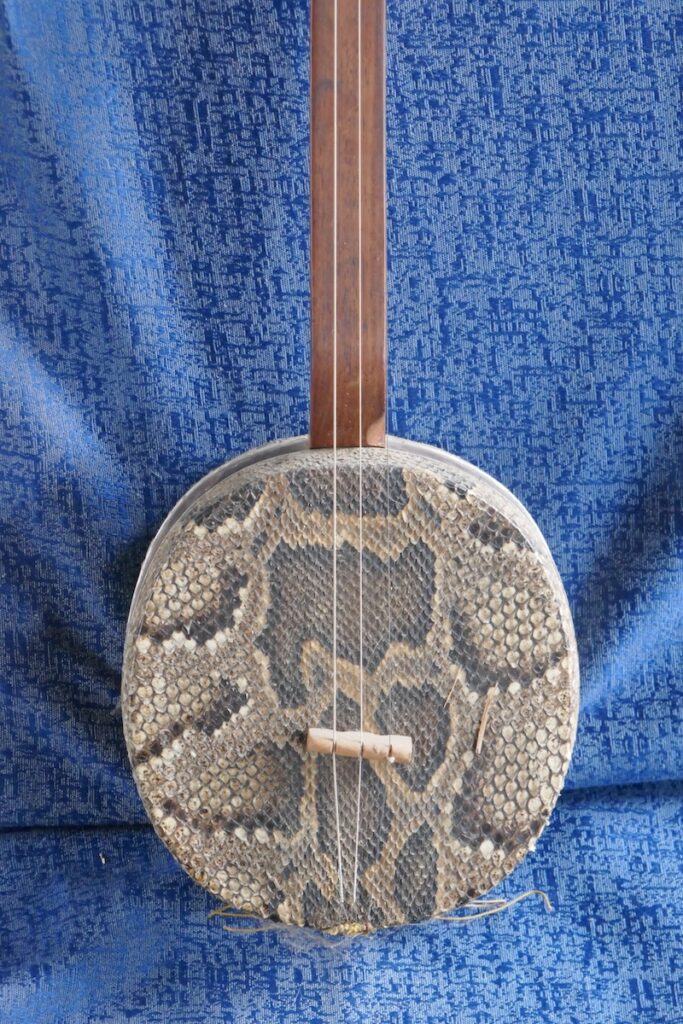
The sanxian is a traditional fretless 3 string instrument from China with snake skin used as the head.
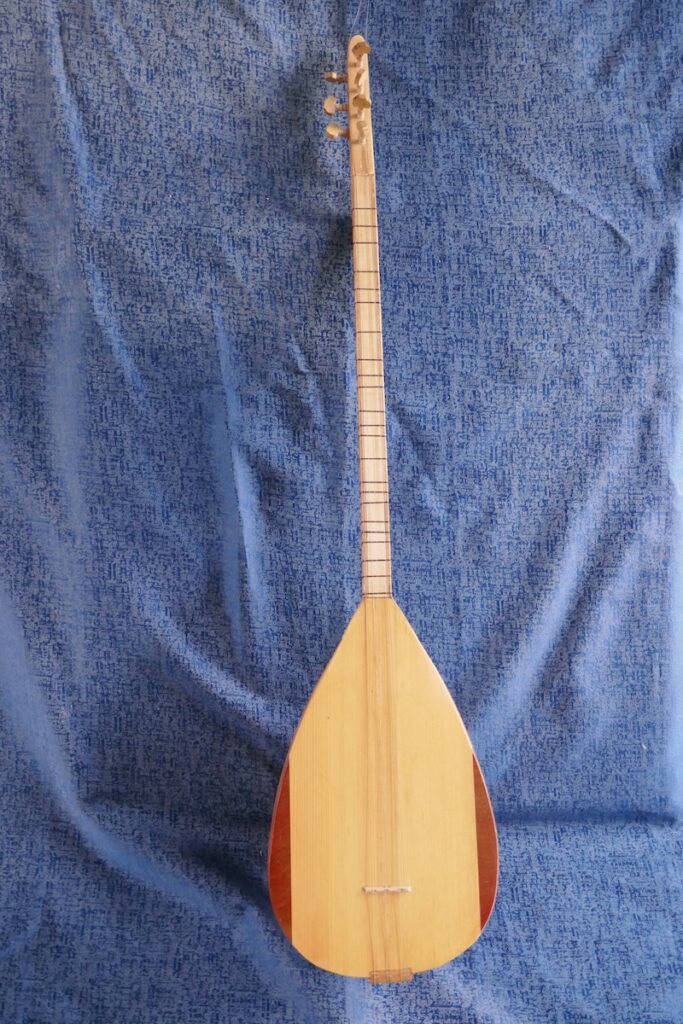

The saz (or bağlama) is an instrument of middle-eastern origin. Naming conventions vary a bit but this larger saz is often known as a bağlama. I also have a smaller one known as a cura saz.
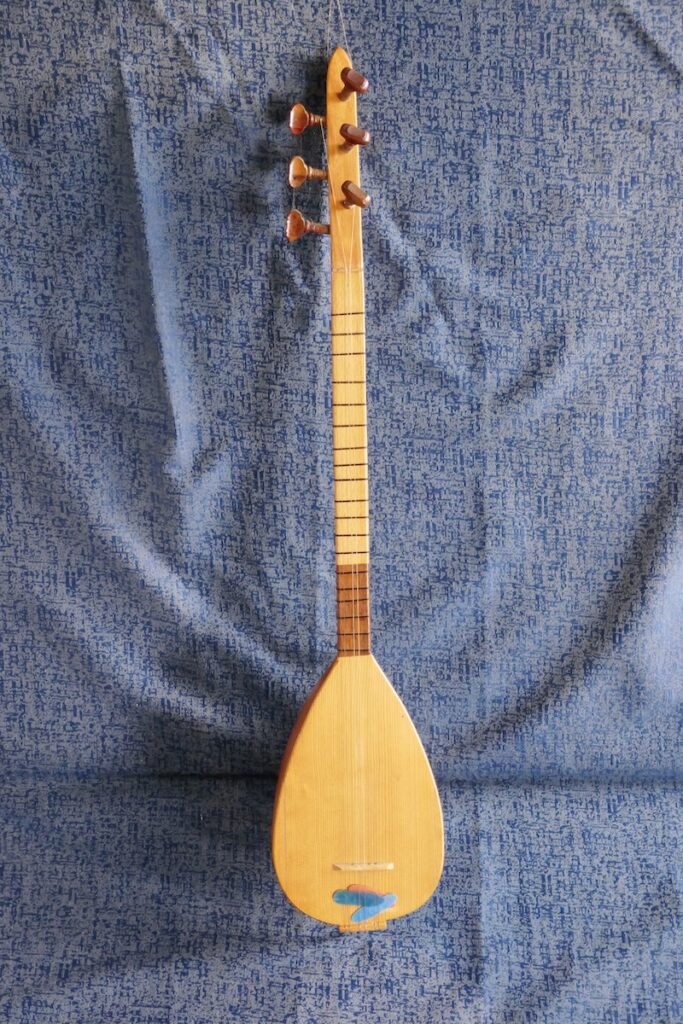
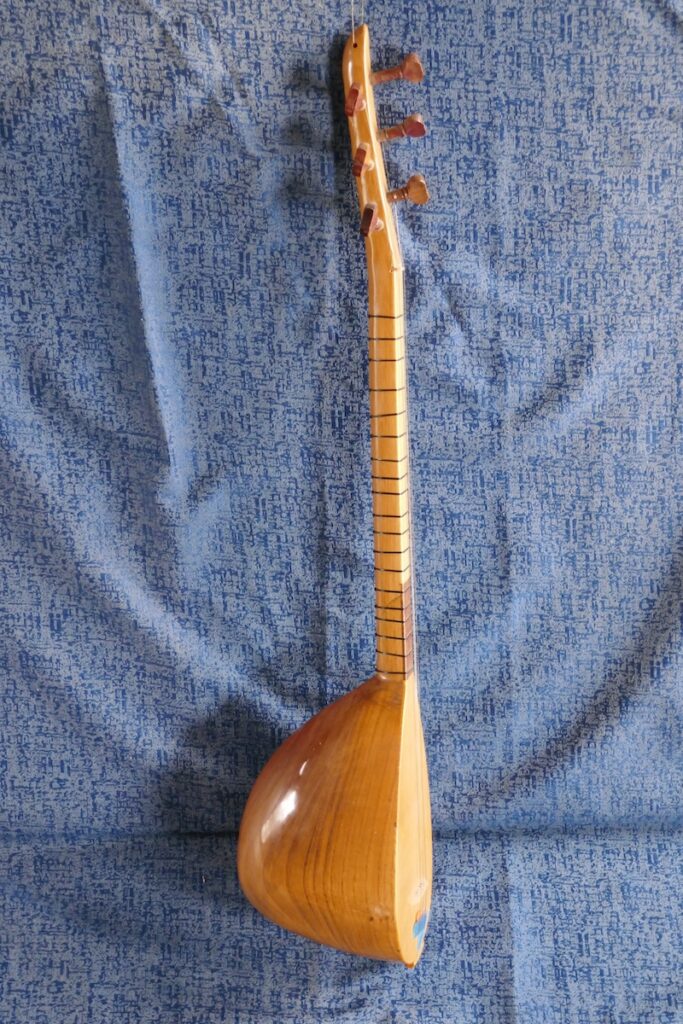
The cura saz is an instrument of middle-eastern origin, especially the areas around Turkey. Naming conventions vary a bit but this small saz is often known as a cura saz. I also have a larger one known as a bağlama saz.
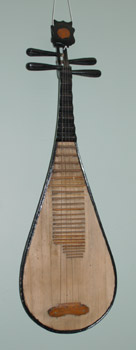

The pipa or Chinese lute is a traditional Chinese instrument with four strings. Typical tuning is A2, D3, E3, A3. One of the tuning pegs on this pipa is broken and needs repair or replacement.
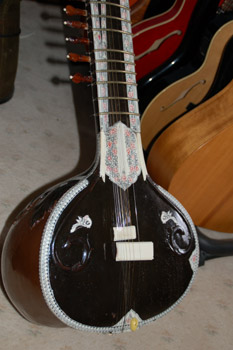
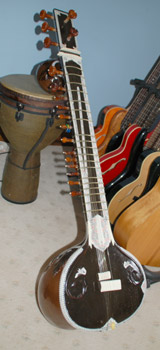
The sitar is an instrument of Indian origin.
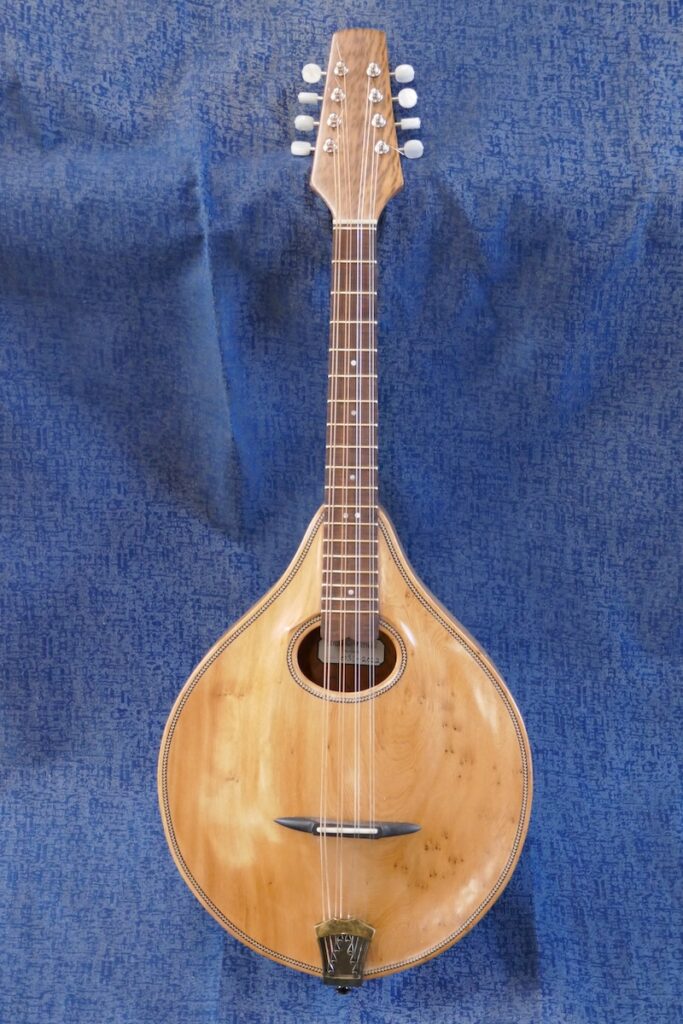
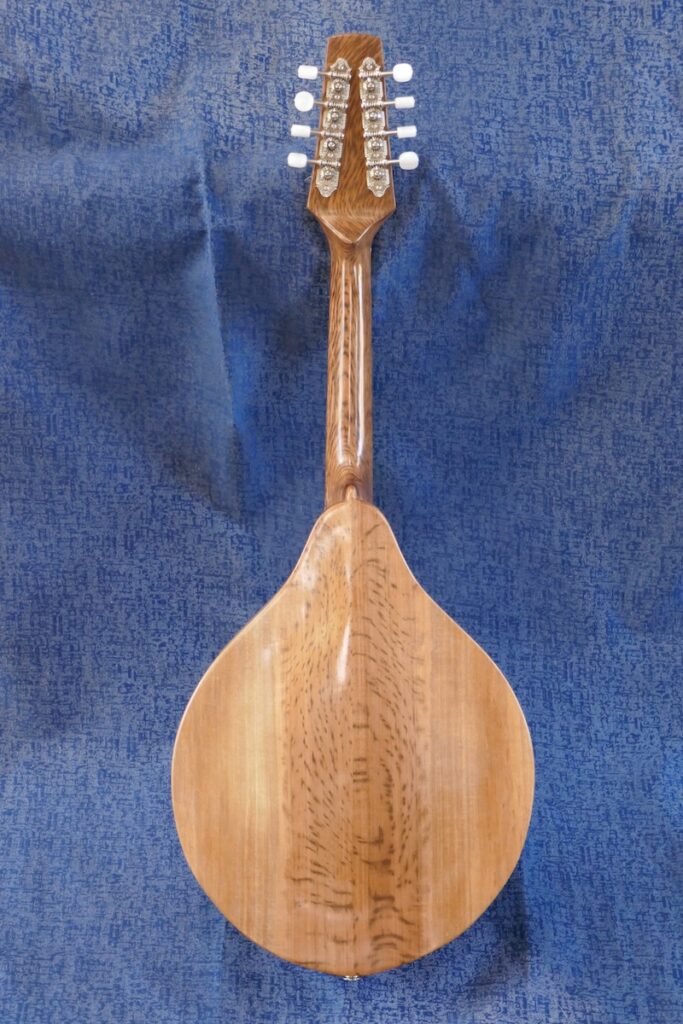
A mandola made by Andrew Tatnell mandolins from Australia. It has a King Billy pine top, tiger myrtle back, sides and neck, gidgee fretboard, ebony bridge and a K&K pickup.